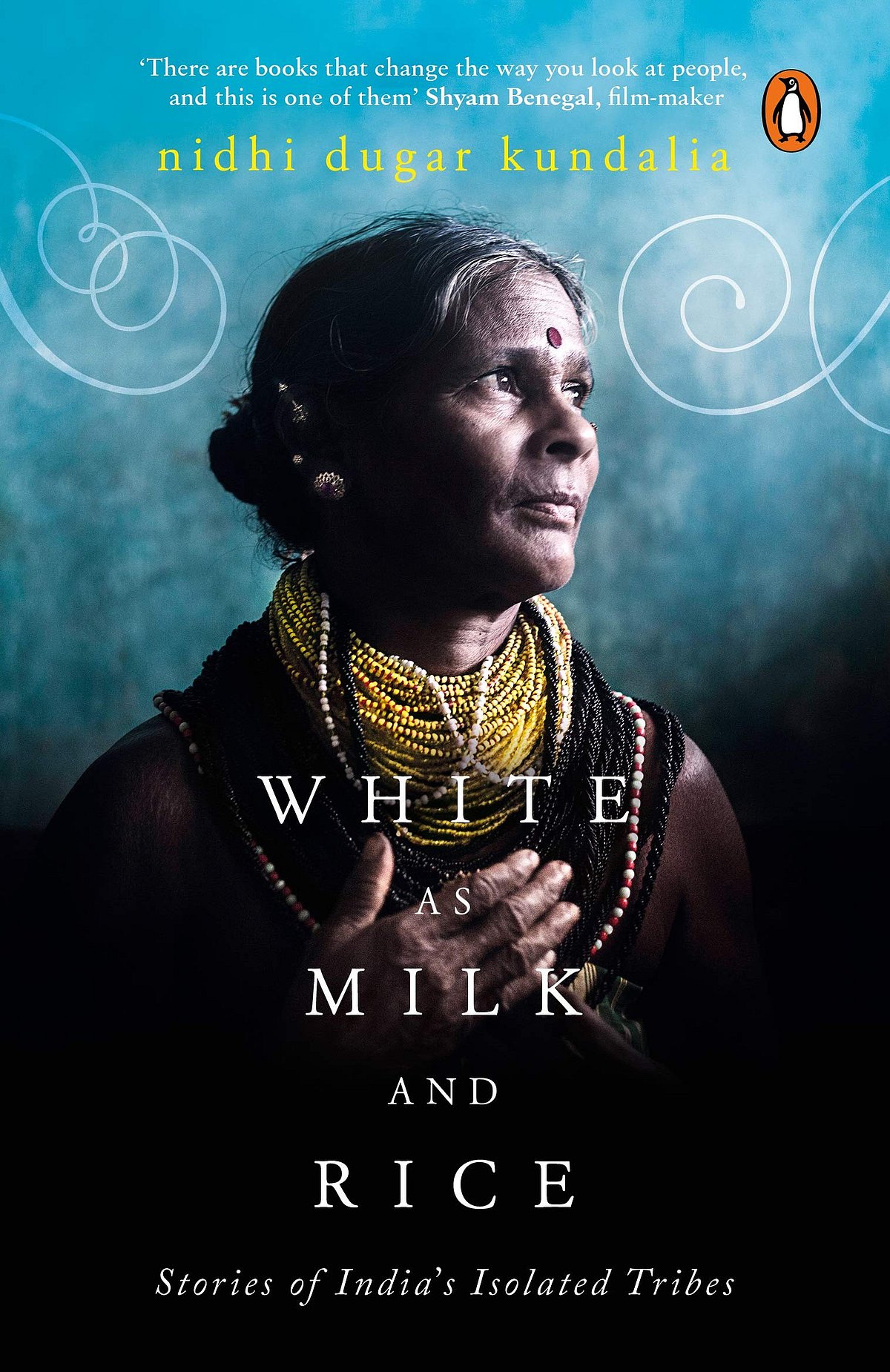An Outsider’s Gaze

Would a teenage boy—any teenage boy—tell a woman journalist that he recently started masturbating and fantasises about his step-mother, and approve of this revelation appearing in a book? If this scenario seems far-fetched when applied in general, why are we expected to suspend disbelief when Nidhi Dugar Kundalia writes in White as Milk and Rice: Stories of India’s Isolated Tribes that this is what Mani, a Kurumba boy, has shared with her? Kundalia’s book focuses on six (mostly pseudonymous) individuals from six ethnic groups across the country: Halakkis, Kanjars, Kurumbas, Marias, Khasis and Konyaks. Pseudonyms or not, we are led to believe that these are non-fictional portraits of real people, and it’s impossible for the thoughtful reader to not experience unease at the liberties taken therein.
The lascivious gaze that was turned on Mani of the Nilgiris emerges again in the chapter on the Marias people of Bastar, whose traditions include a dedicated space, the ghotul, in which teenagers are encouraged to experiment sexually before arranged marriages. In a chapter that’s all about youthful lust and sexual practices, the author observes: ‘Most of these girls had chubby cheeks, and often, as a lot of Maria women did, small breasts and hips that seemed perky and highly-charged.’ Highly-charged hips? These would be cringe-worthy descriptions even in a historical coloniser’s diary, let alone a contemporary ethnographic work.
2025 In Review
12 Dec 2025 - Vol 04 | Issue 51
Words and scenes in retrospect
From patronisingly describing Naxalite-adjacent Maria life as being ‘gentle, kind—beige, as it were’; to exoticising the lizard-eating habits of Kanjars; to unvarnishedlypresenting a statement that Rohingyas did not flee to India as refugees but came seeking opportunity; to repeating offensive language employed by British ‘gentlemen’ on a dacoit ‘dog’; to the occasional, un-nuanced usage of terms like ‘uneducated, backward’ and ‘primitive’… problematic undertones crop up often, and perhaps most starkly in the book’s title itself. ‘The name Halakki roughly connotes ‘pure as milk and rice’,’ writes Kundalia. The substitution of the word ‘white’, ringing with racialist undertones, is not well-substantiated. When Birsu, a Maria, is described as thinking that her friend’s ‘flat nose, a fat face and a short neck’ are un-beautiful, it’s unclear whether protagonist or narrator actually holds these Western/Brahminical beauty norms.
Tellingly, the book’s most memorable section, and its opening one, is about its most famous protagonist. The portrayal of singer Padmashri Bommagowda, known in these pages as Sukri, is the only one that seems to fairly balance non-fiction and the licenses of lyricism to present a well-rounded portrait. But while one can accept easily that Sukri might find poetry in the walls of her hut (‘The laterite stone walls, made from the sand at the beach, have shells here and there; if you listen closely, they echo the sea and its waves.’), the descriptions of the inner worlds of far more anonymous protagonists ring hollow.
The author does not situate herself anywhere in these pages of third-person narrative portrayals, laced with data and history. To have done so would have brought in an honest remove between subject and narrator, addressing considerations about appropriation as were presented in the introduction, and allowing the reader to experience the gaps and complexities of engagements with actual people for themselves. The overall effect is highly voyeuristic and uncomfortable.
Extensive notes and a bibliography shed no light on journalistic or ethnographic processes undertaken, and White as Milk and Rice suffers from a failure of framing. The writing style is often engaging, and some of these narratives (such as the one in which Pangshong visits his head-hunting relative in Nagaland, and even Sukri’s story with its dramatic trajectory) could have worked better within a collection of inspired-by-life short stories in which research and fieldwork enrich the storytelling. More importantly, fiction’s ethical imperatives and creative licenses are significantly different from the category of non-fiction, and employing that form would have allowed the author a much wider margin for the book’s many disturbing trespasses.

